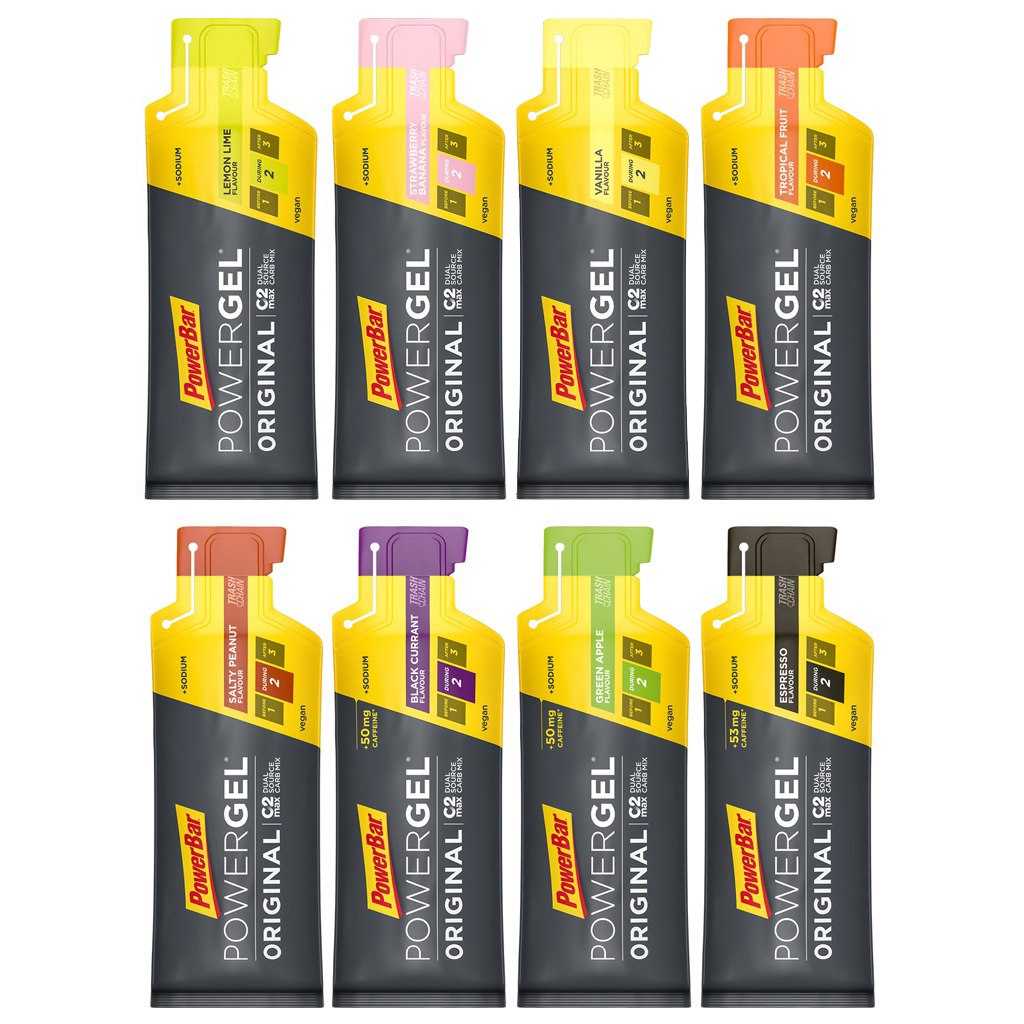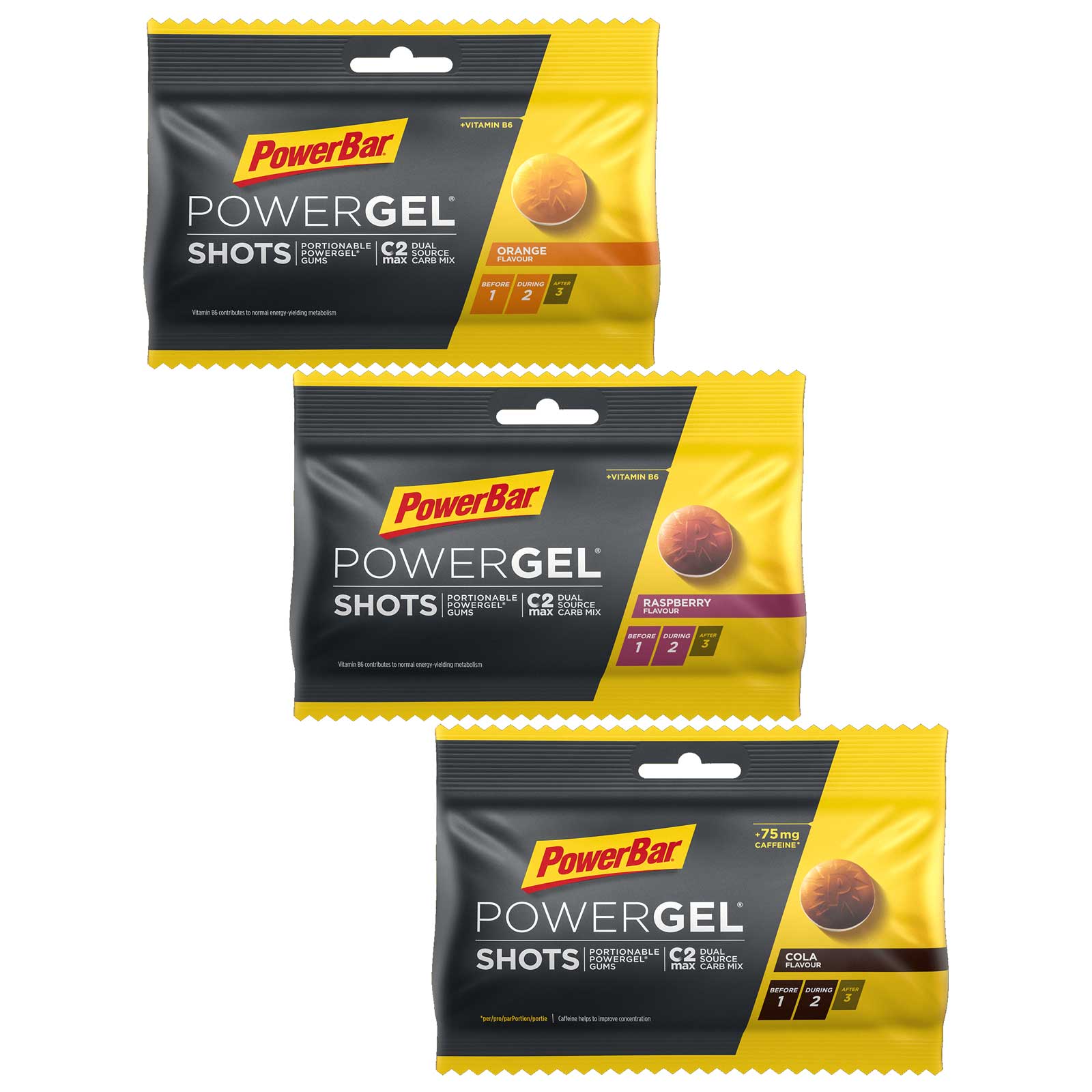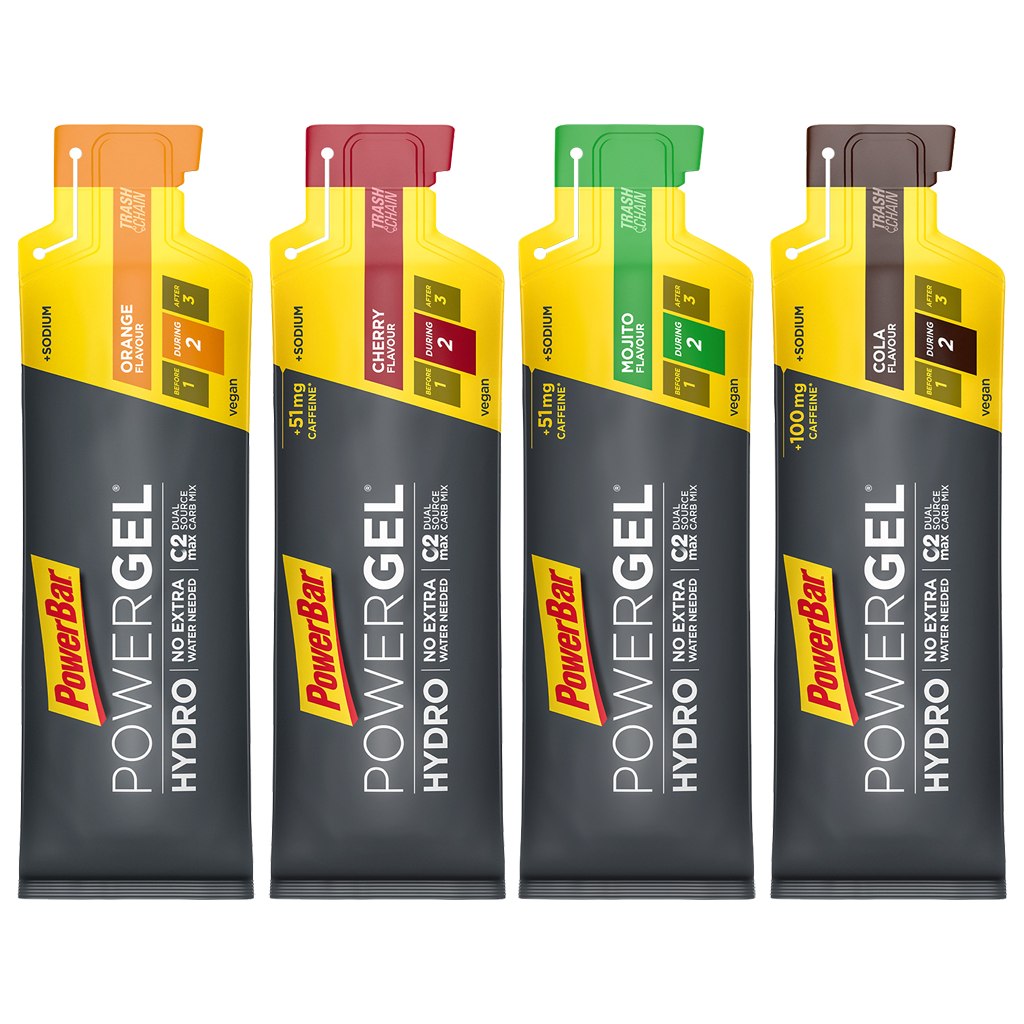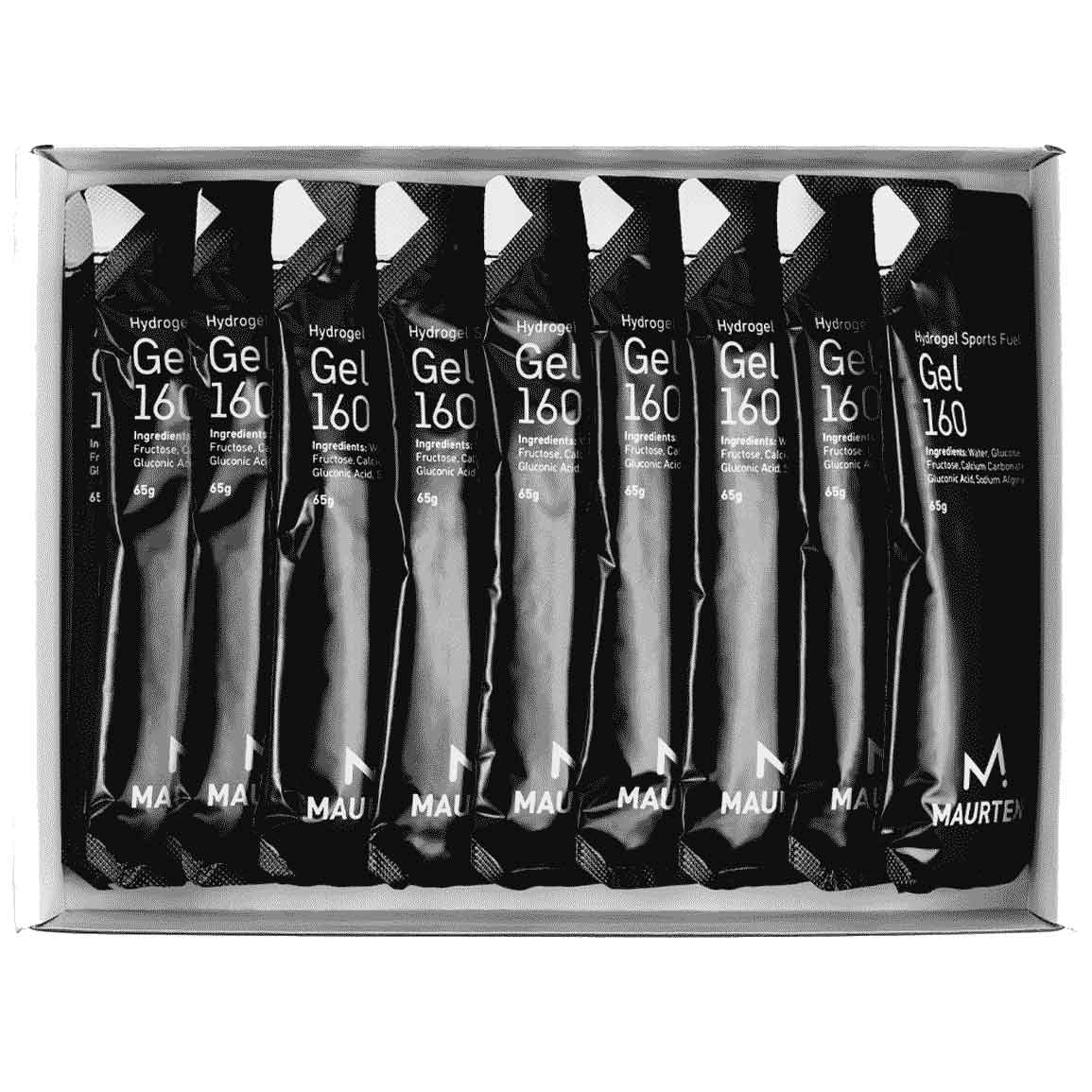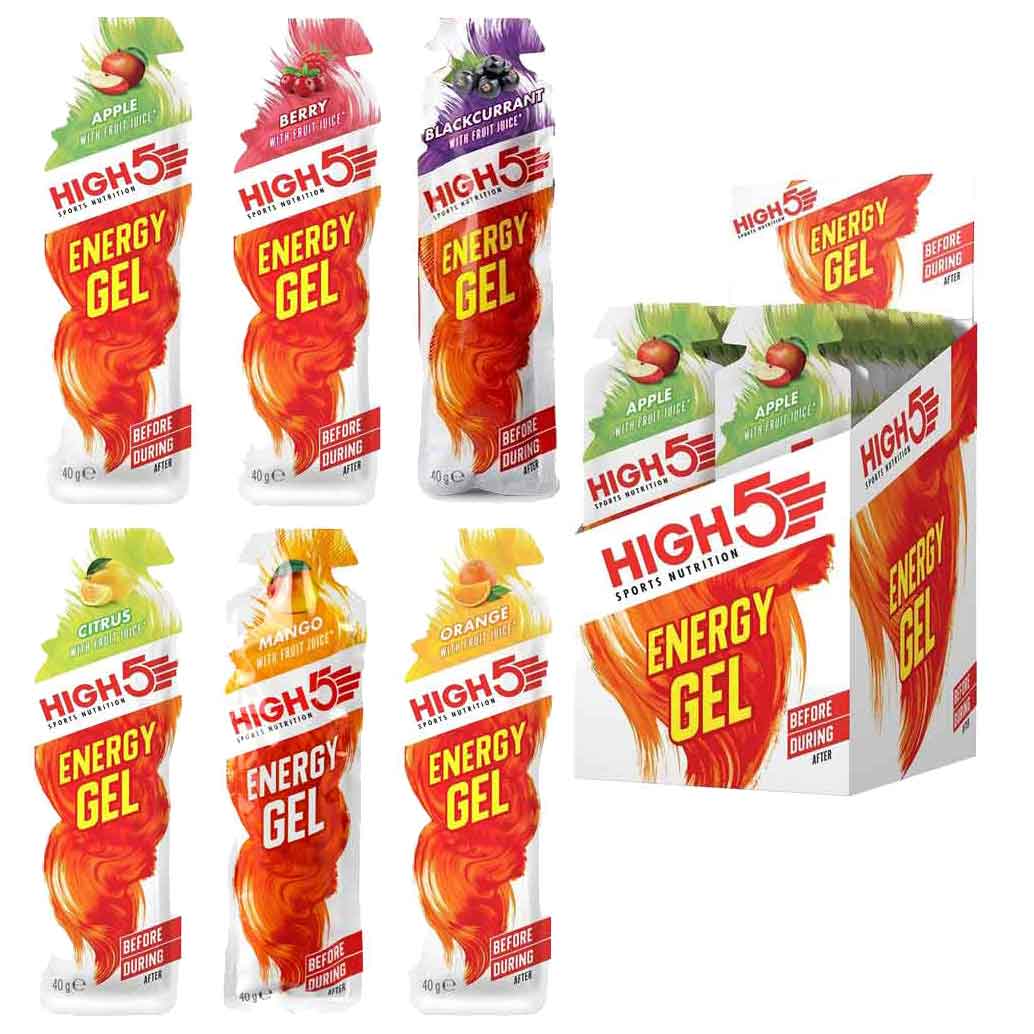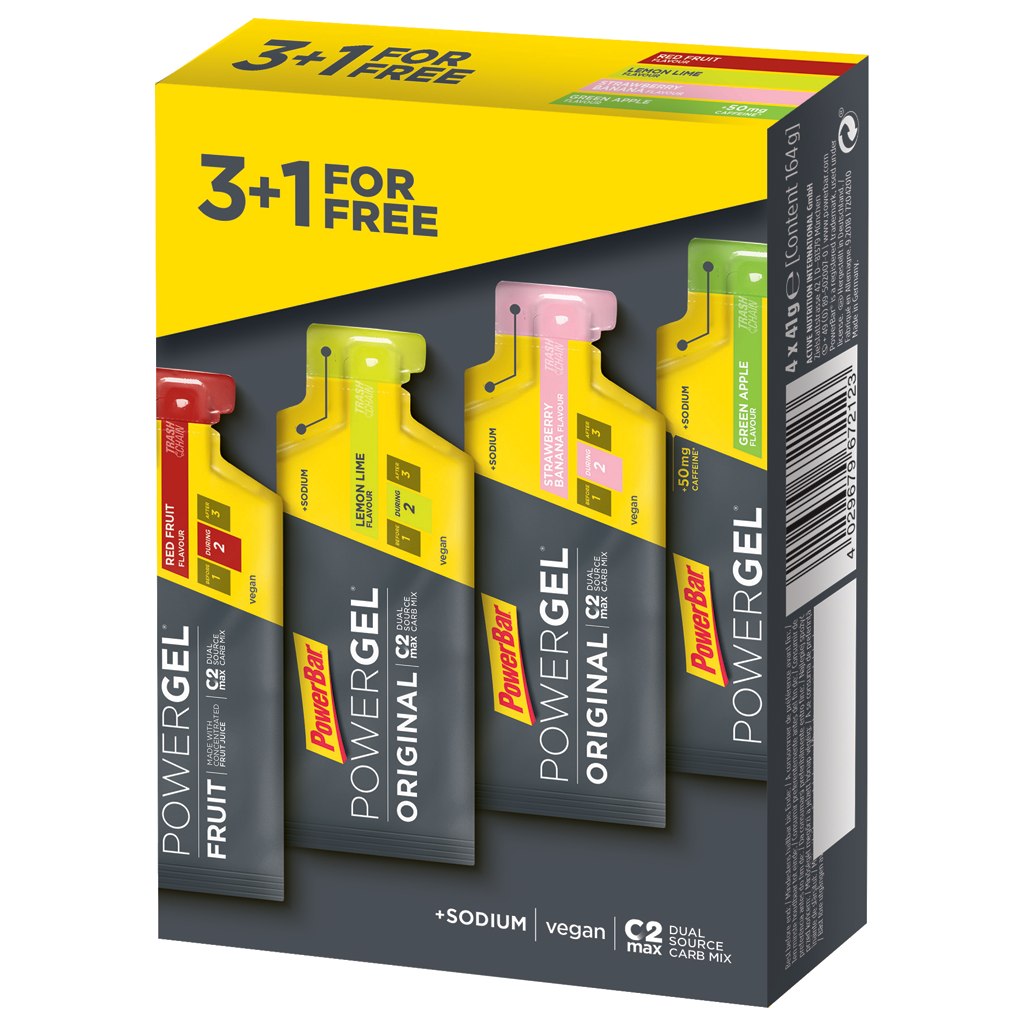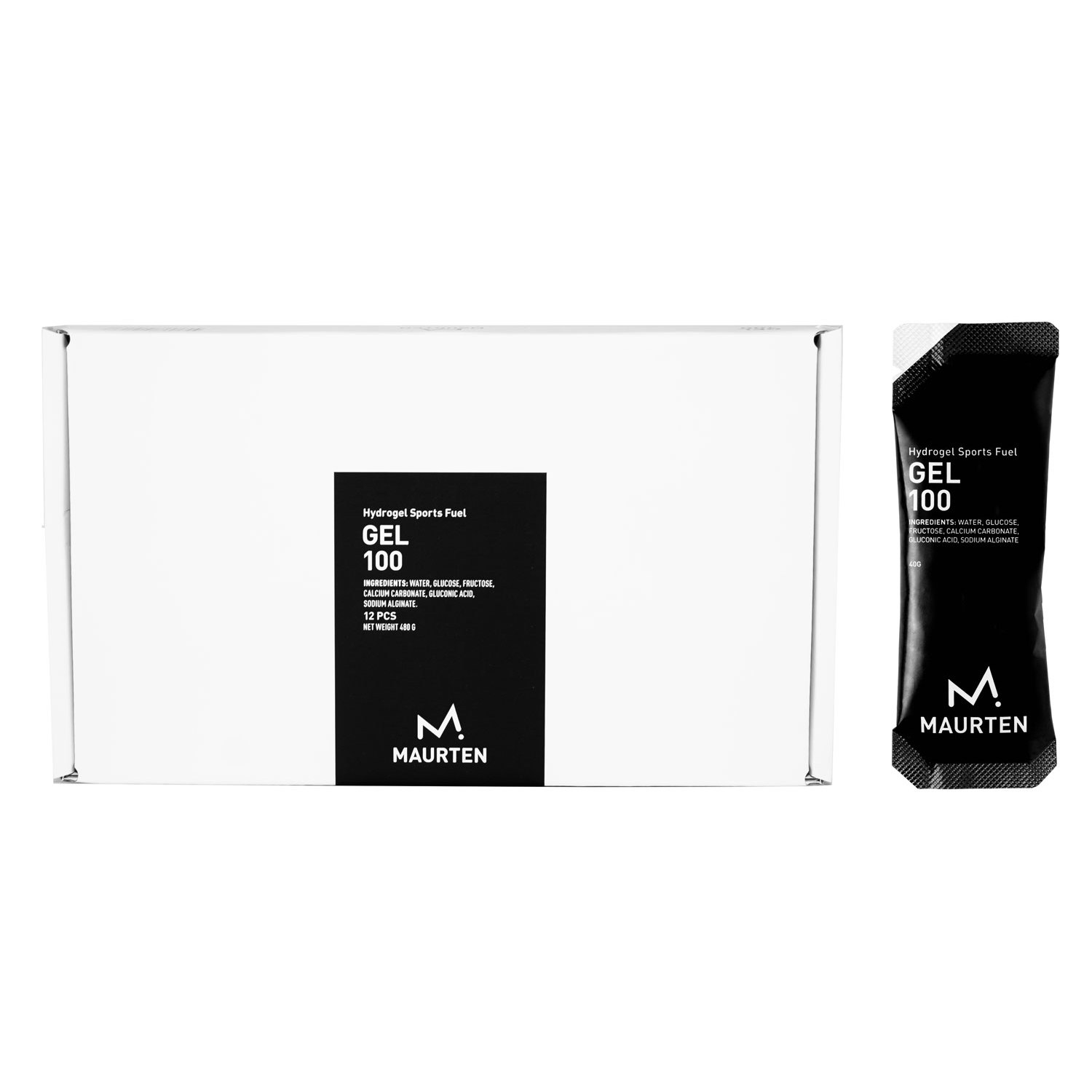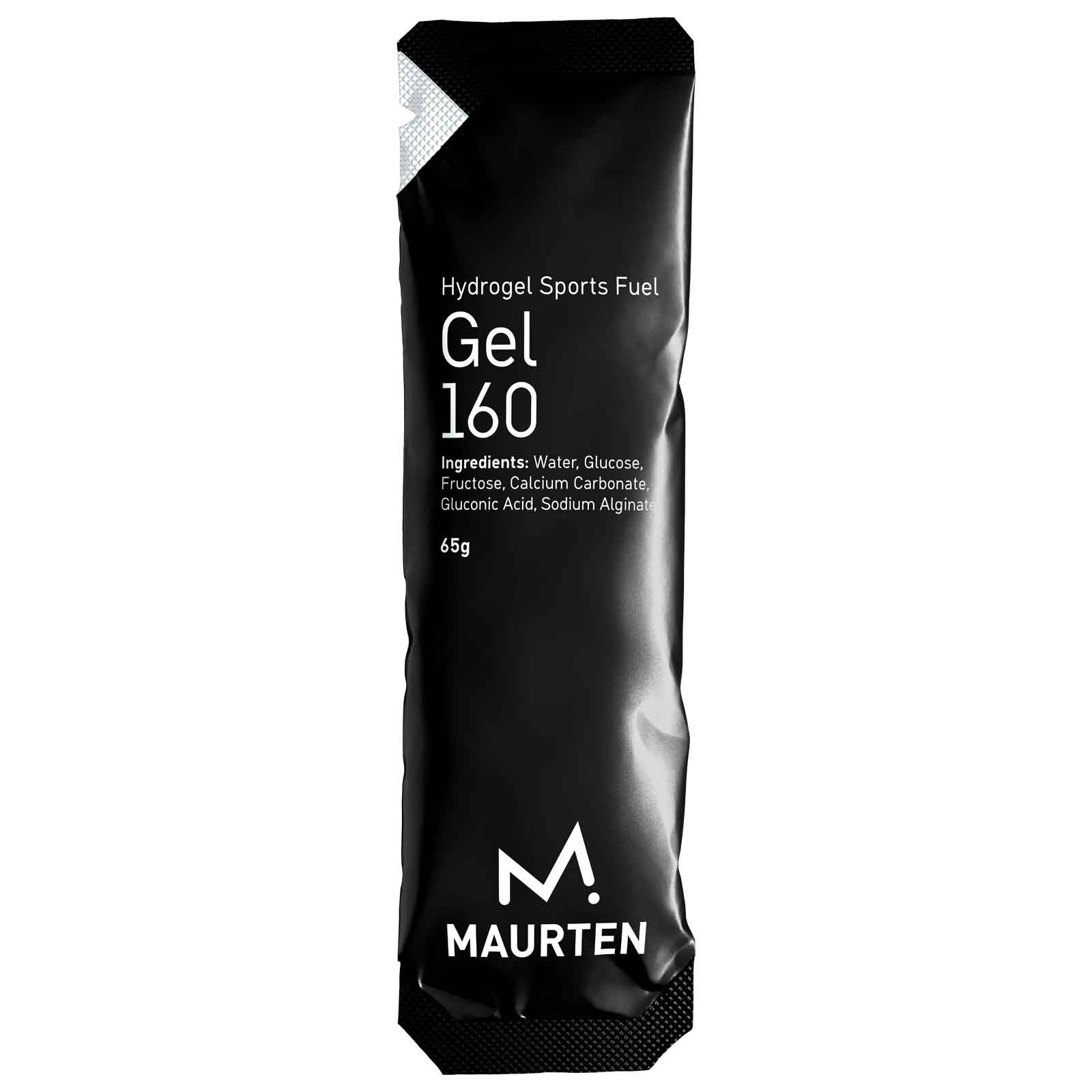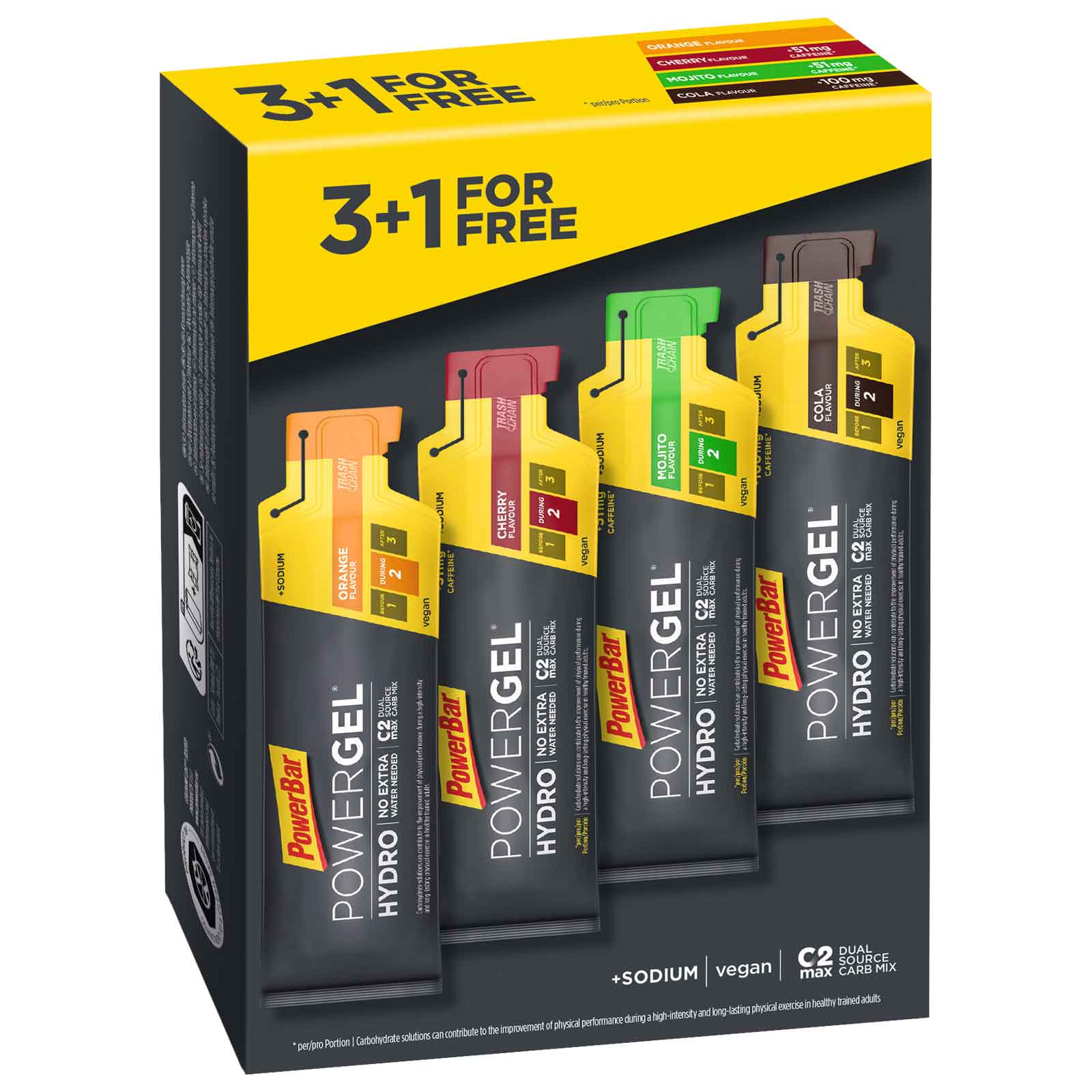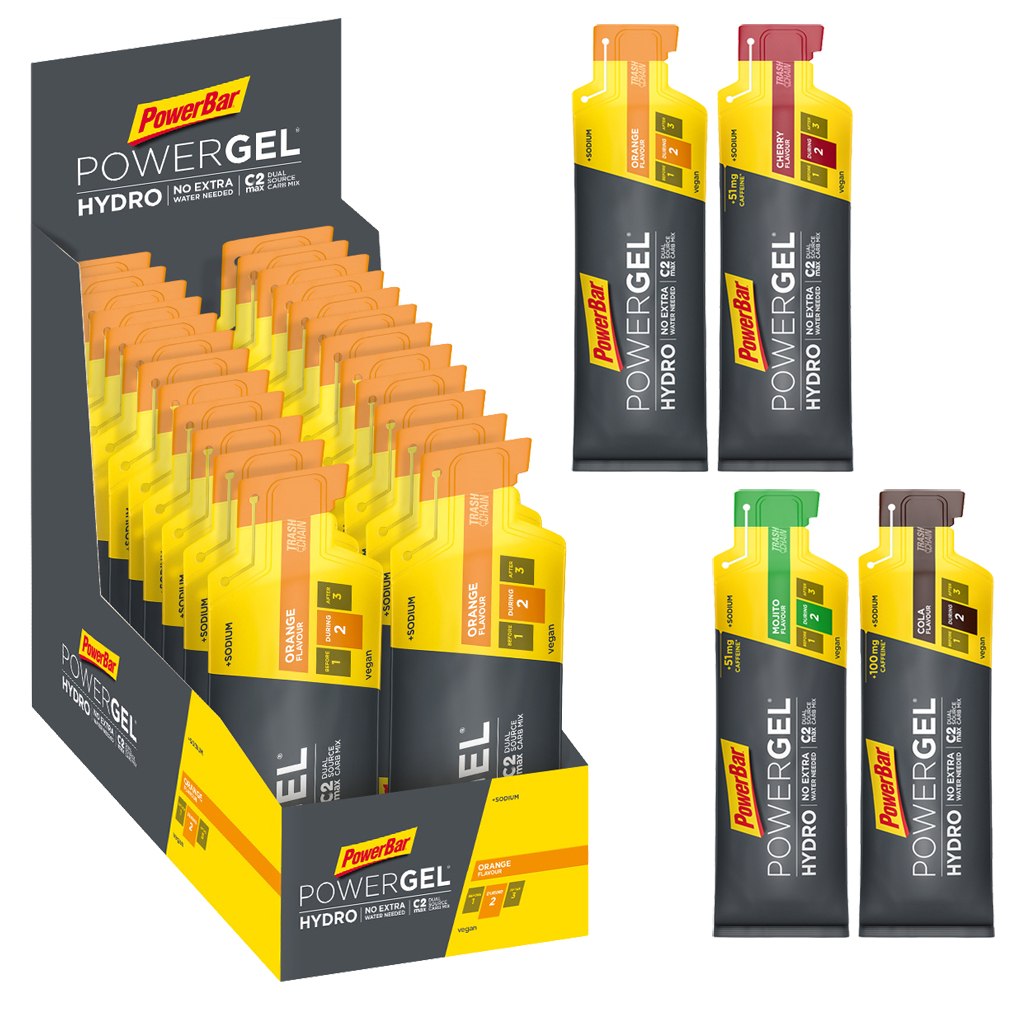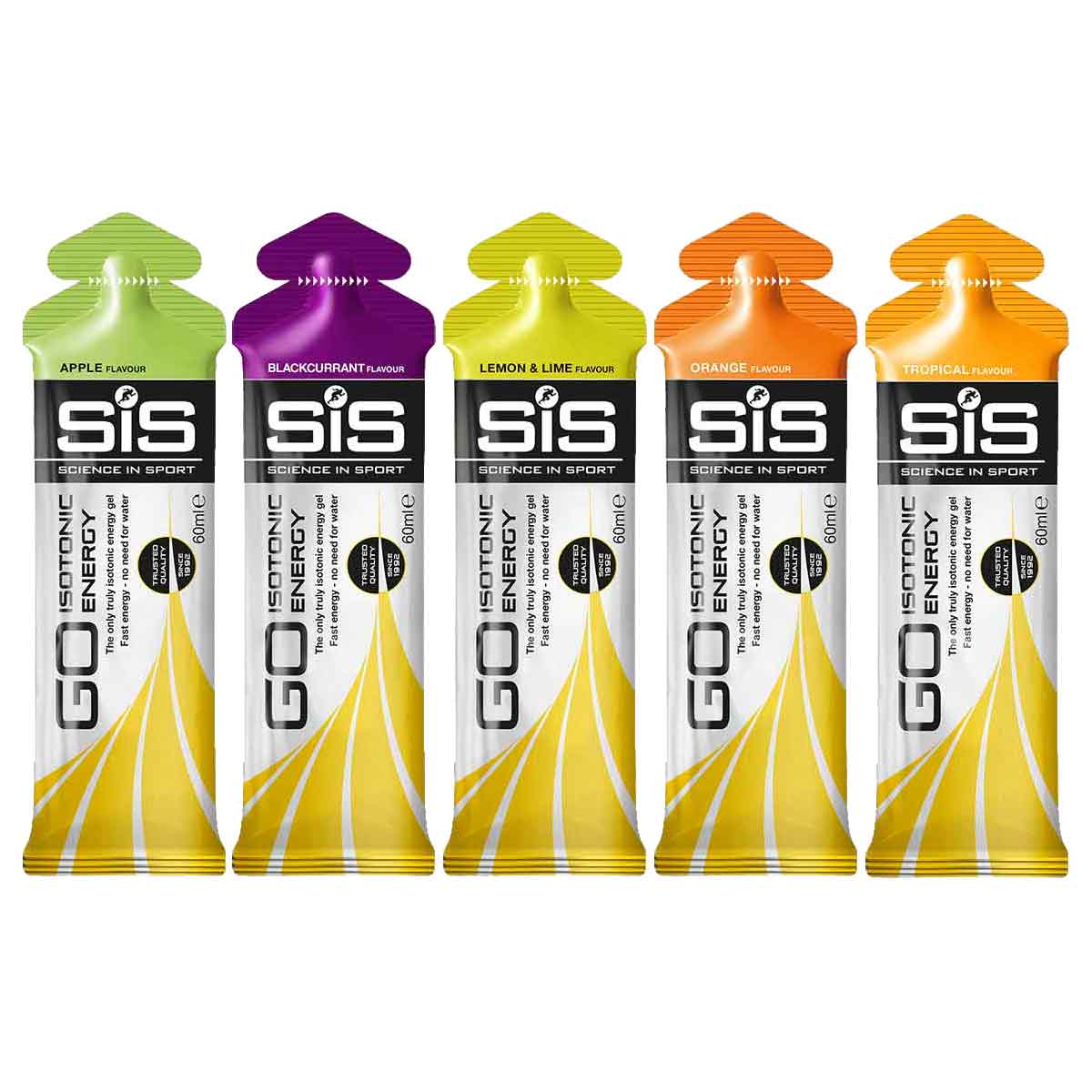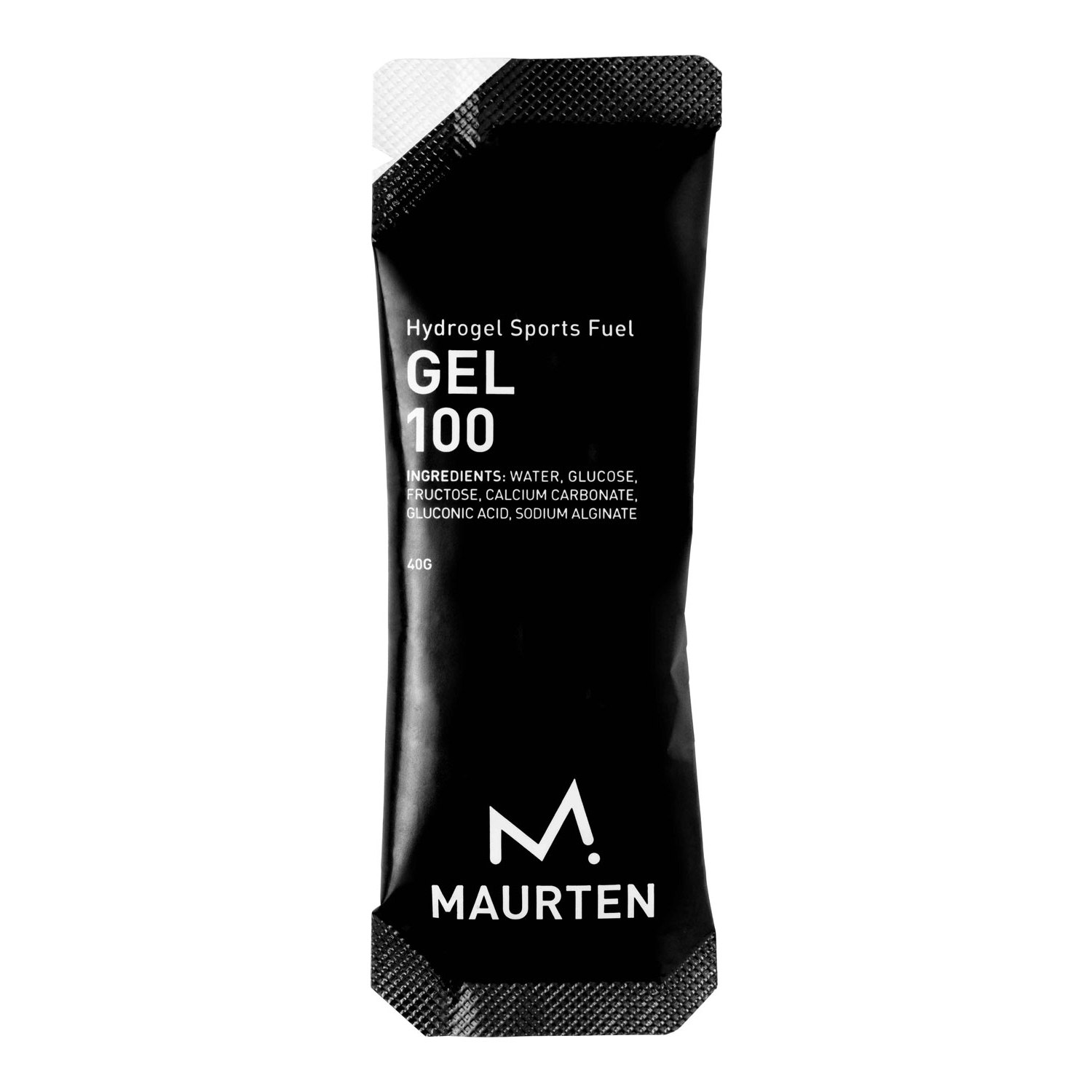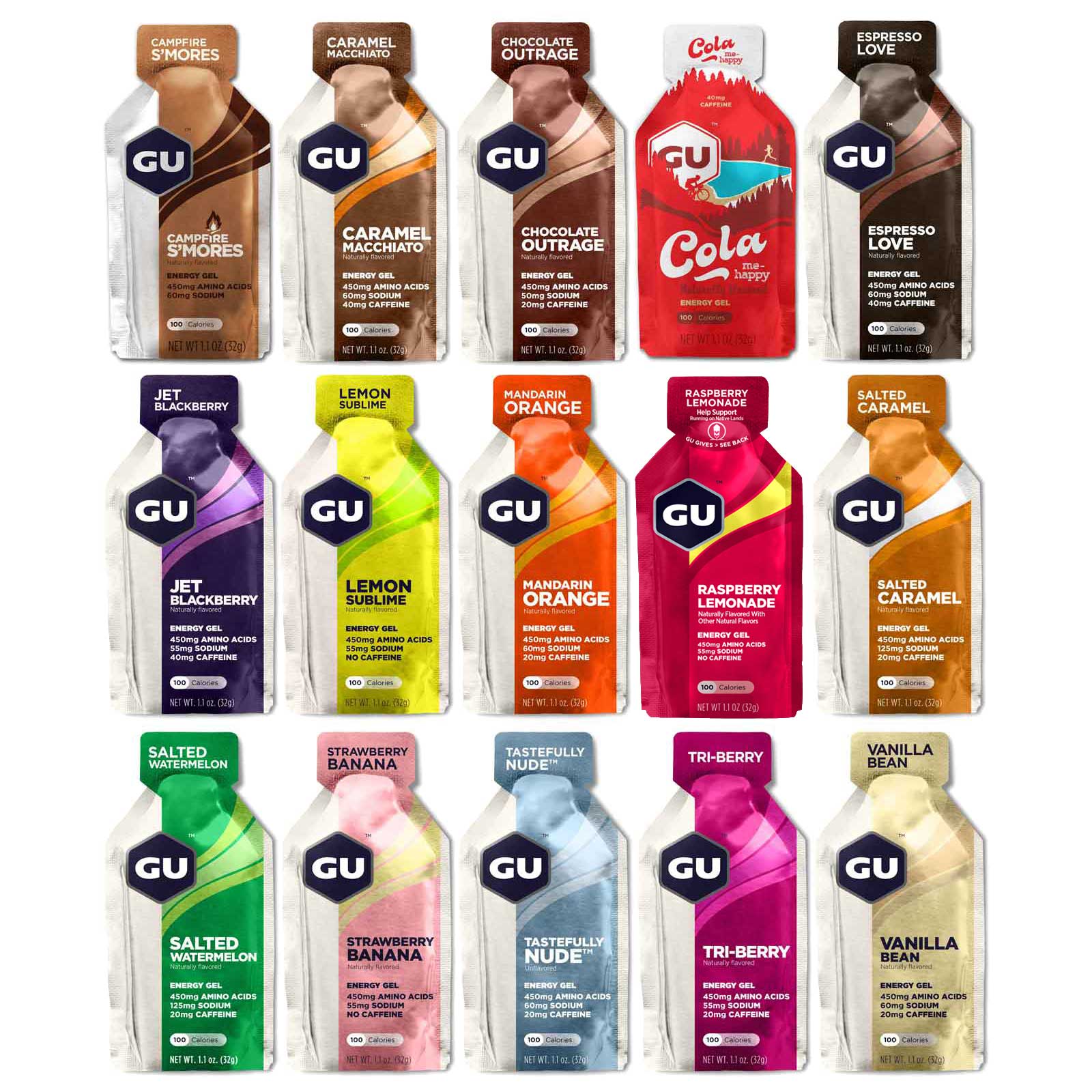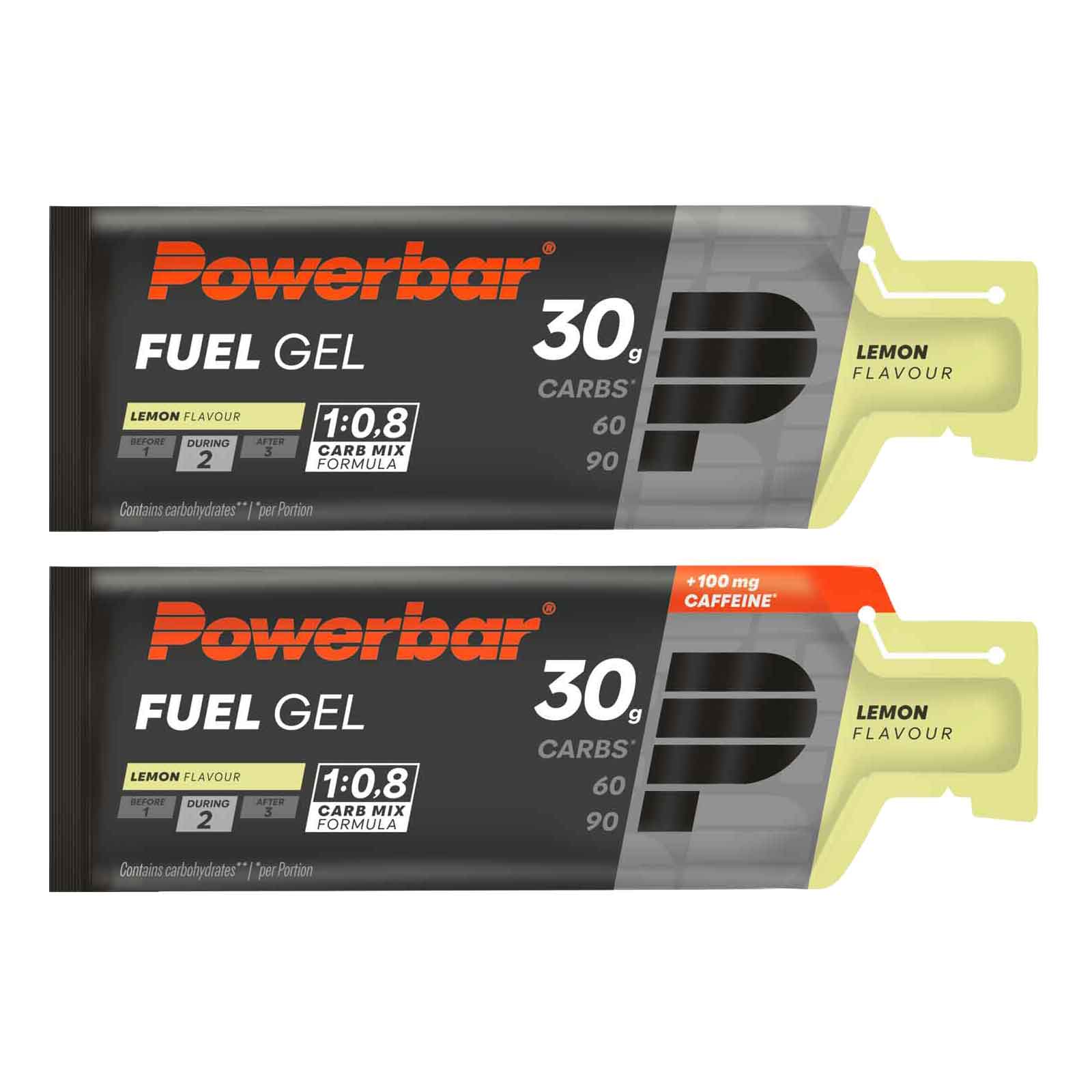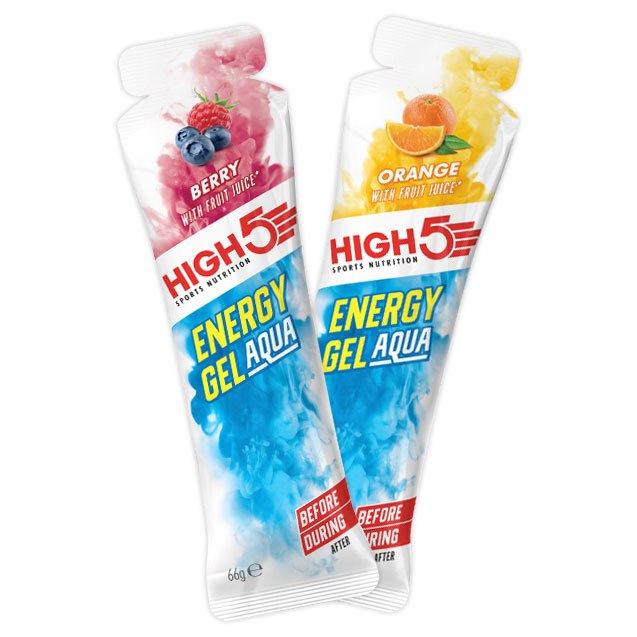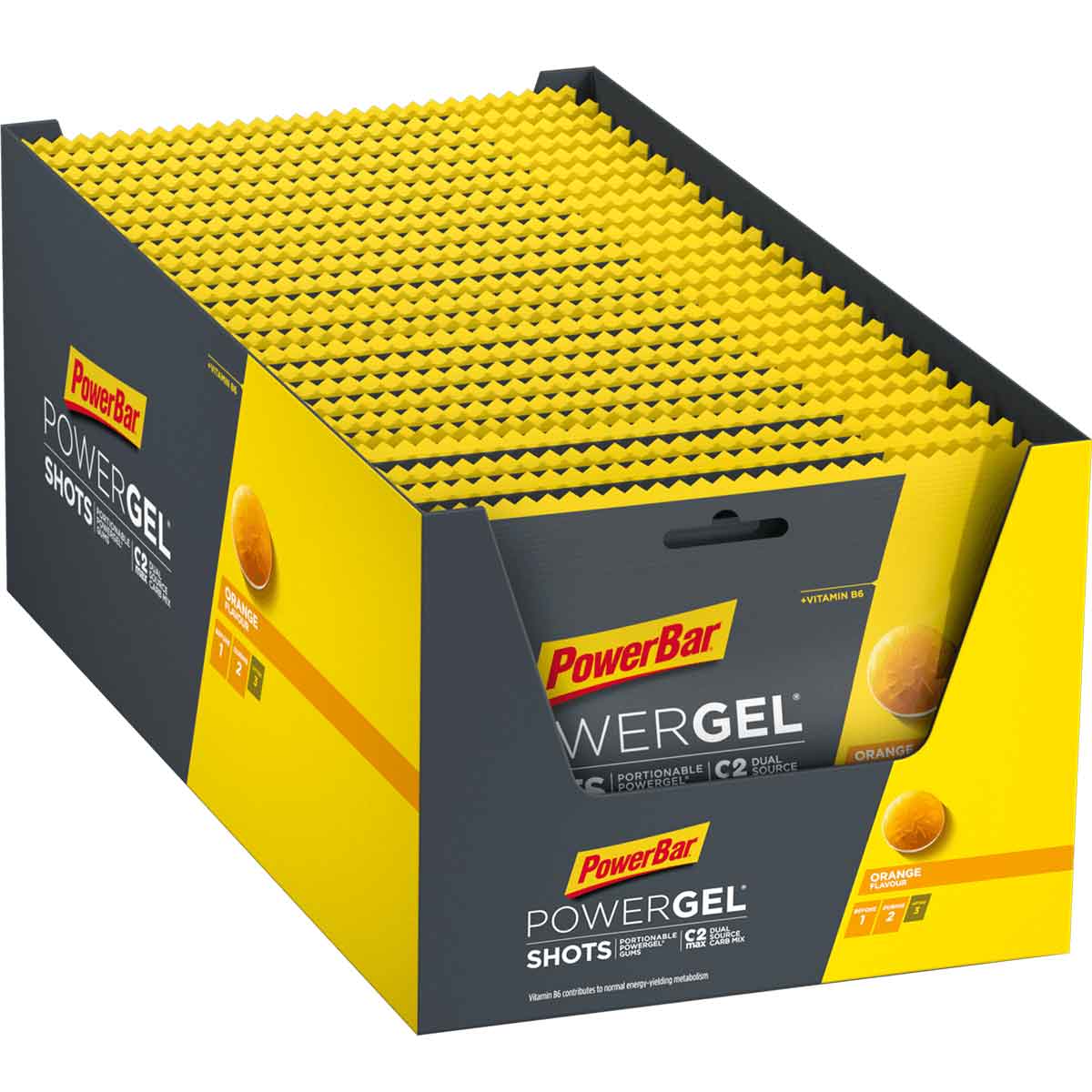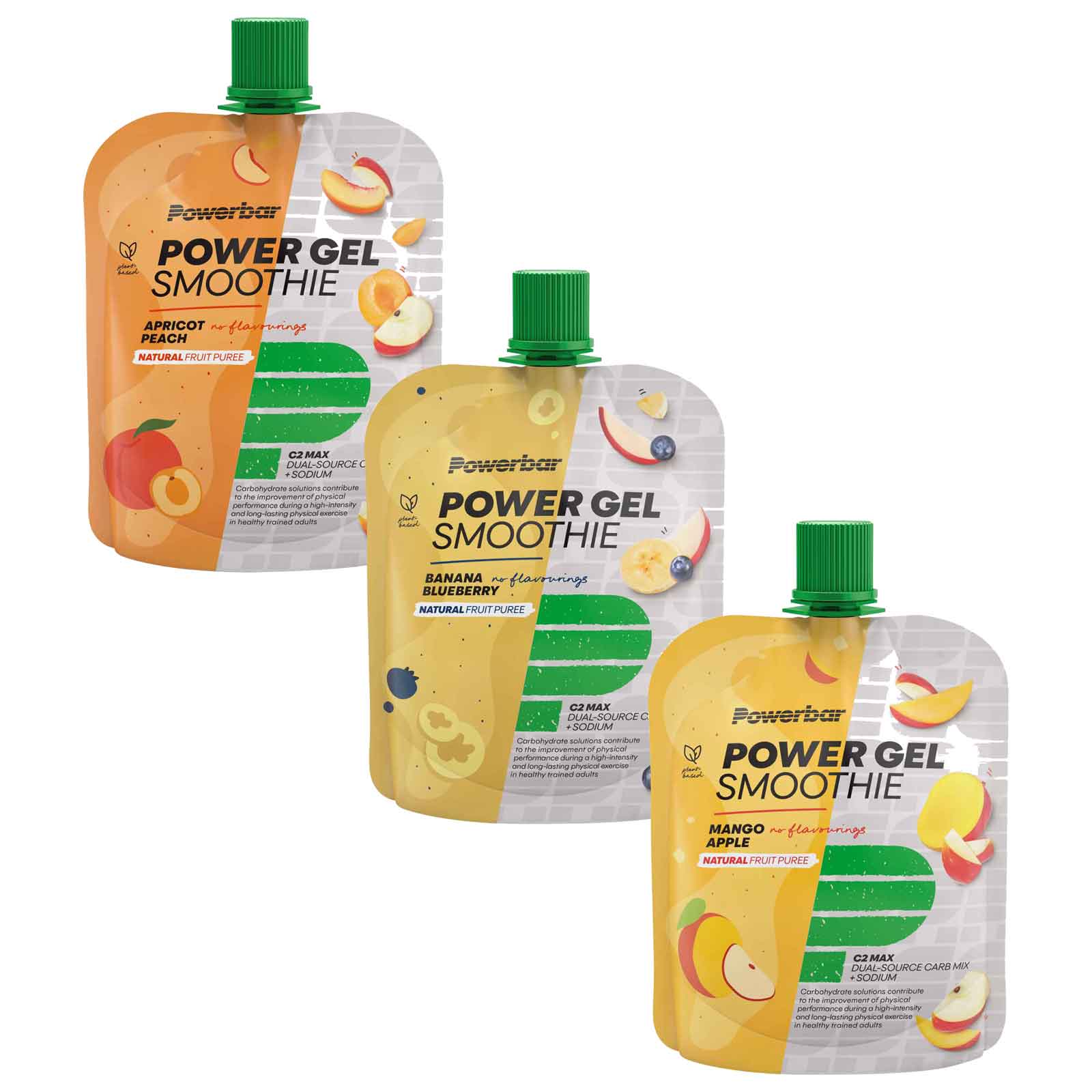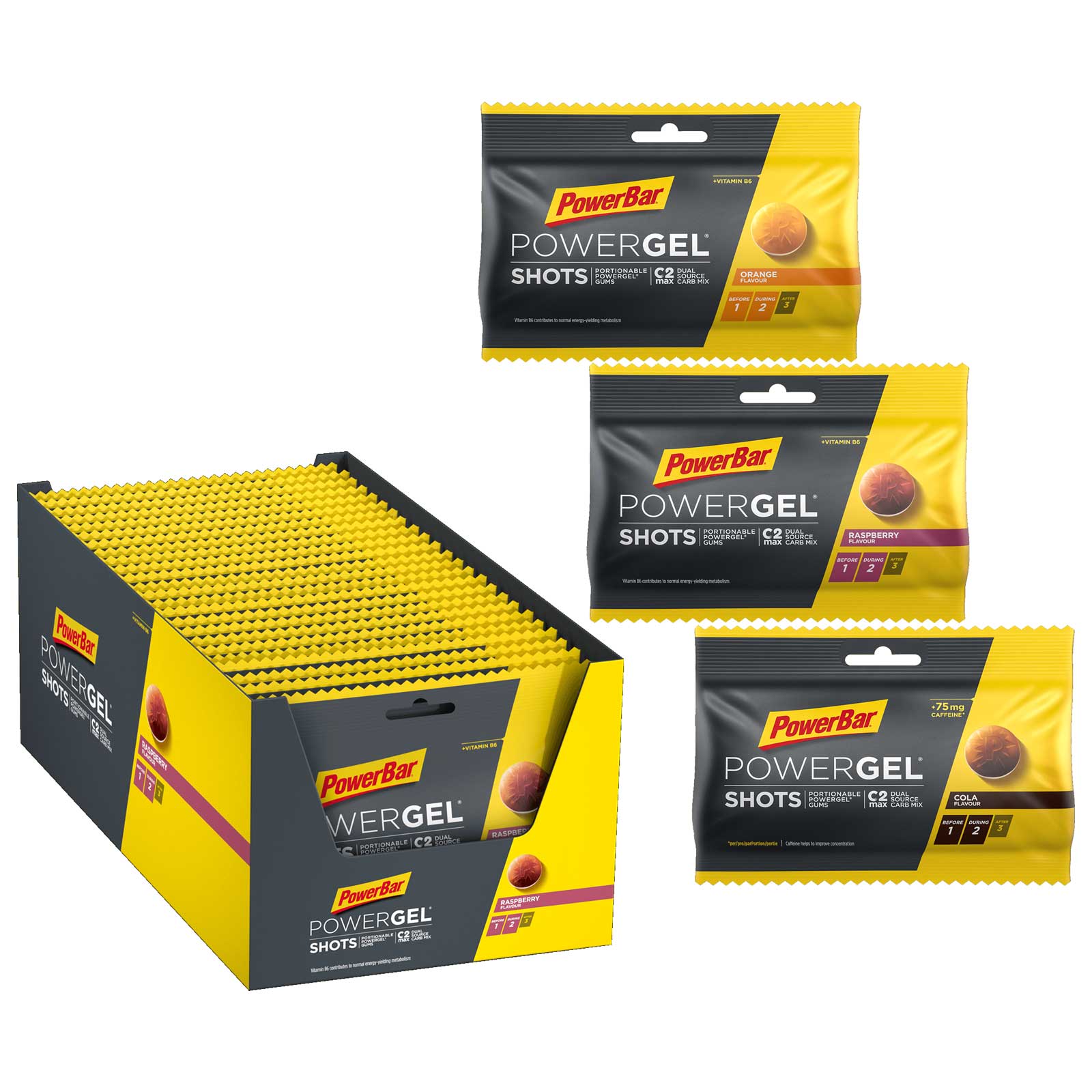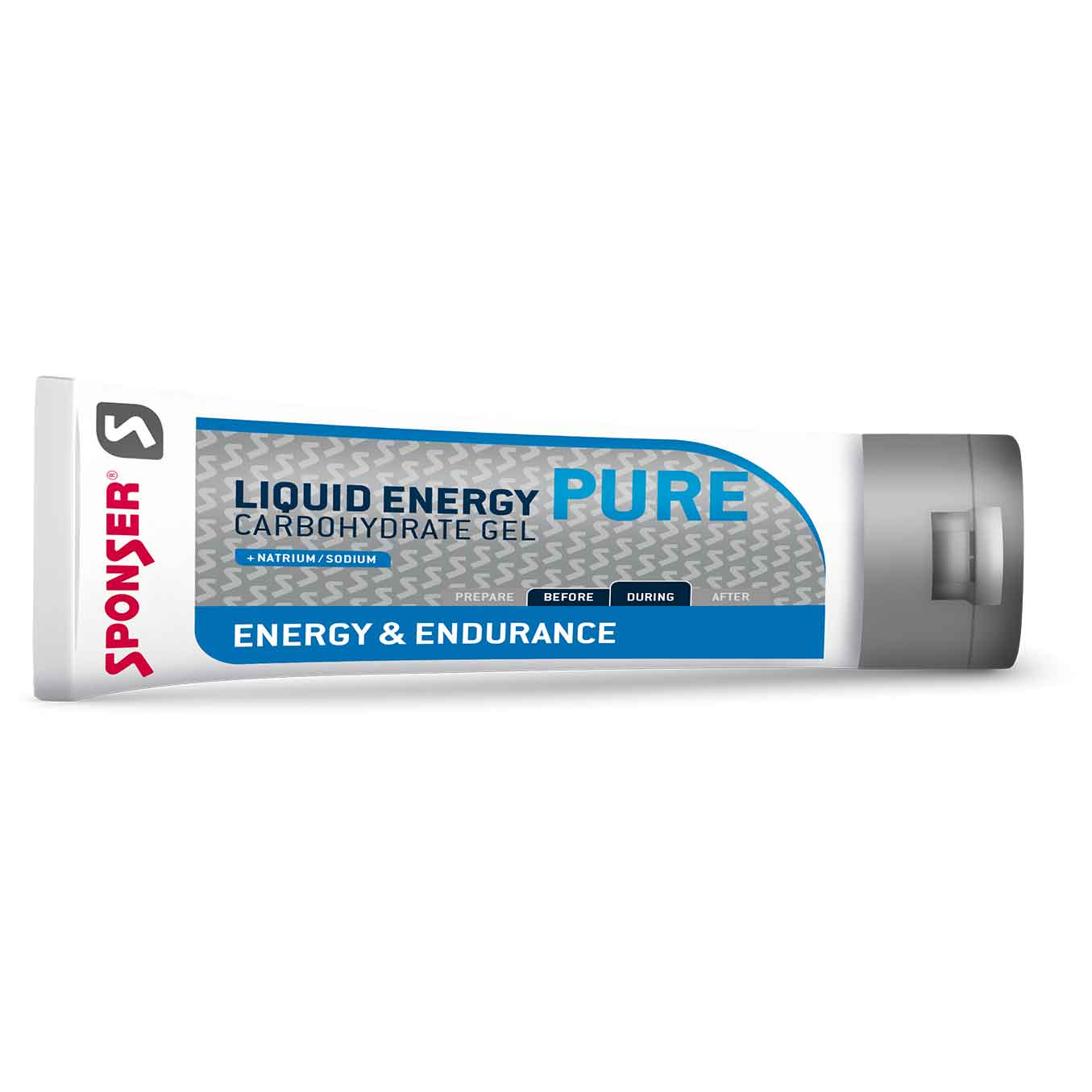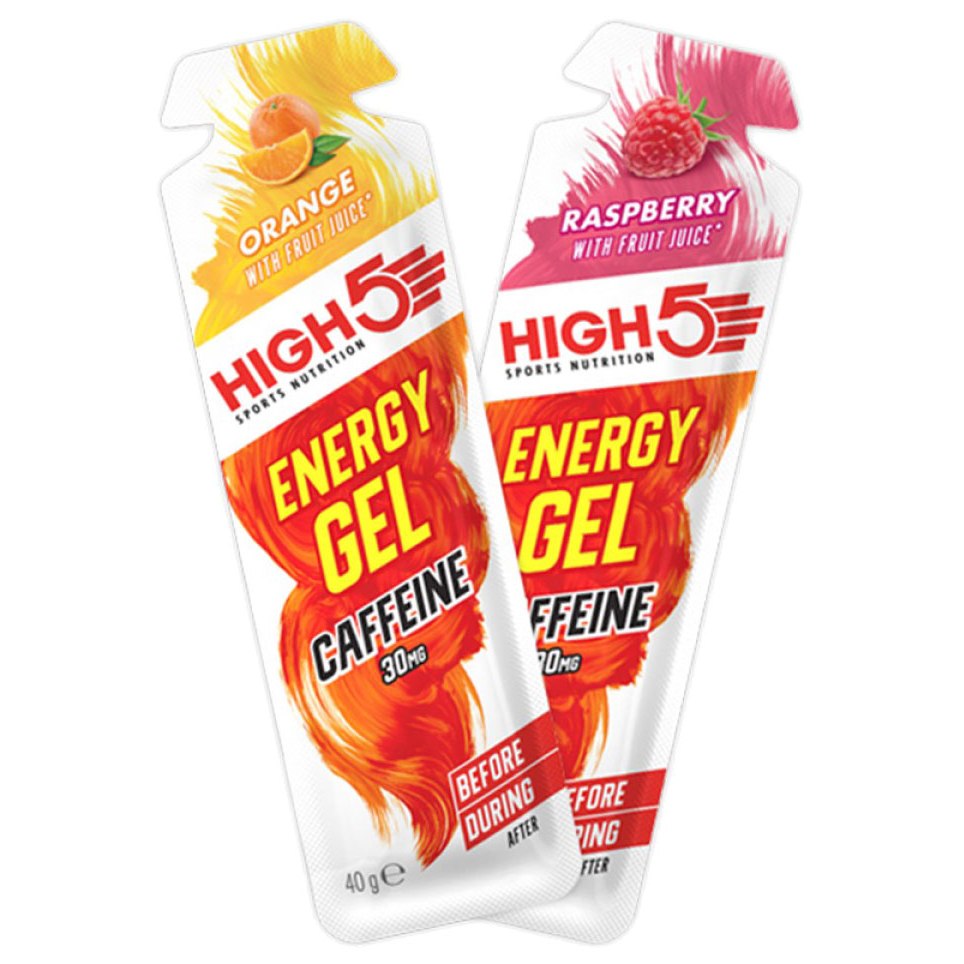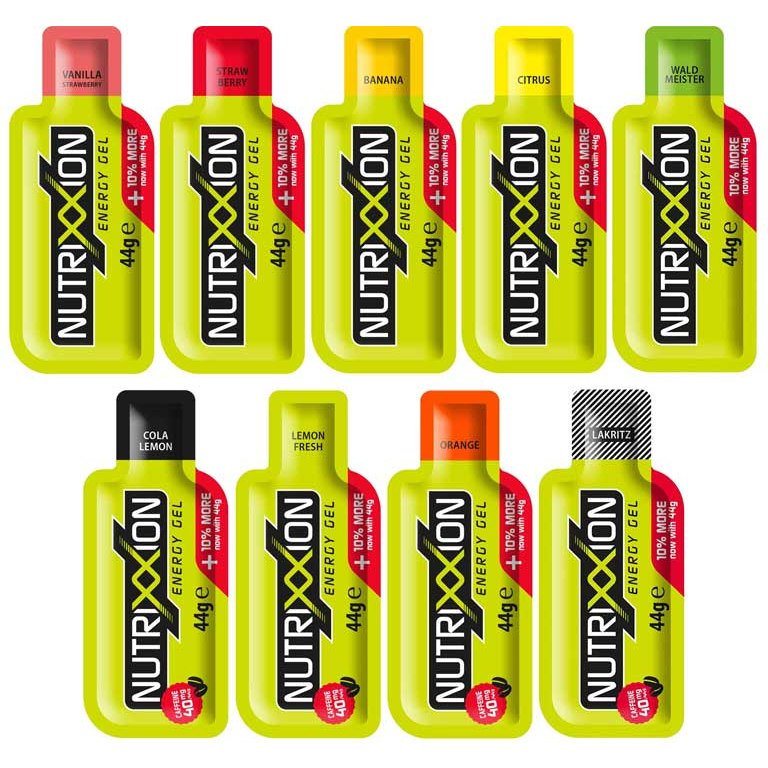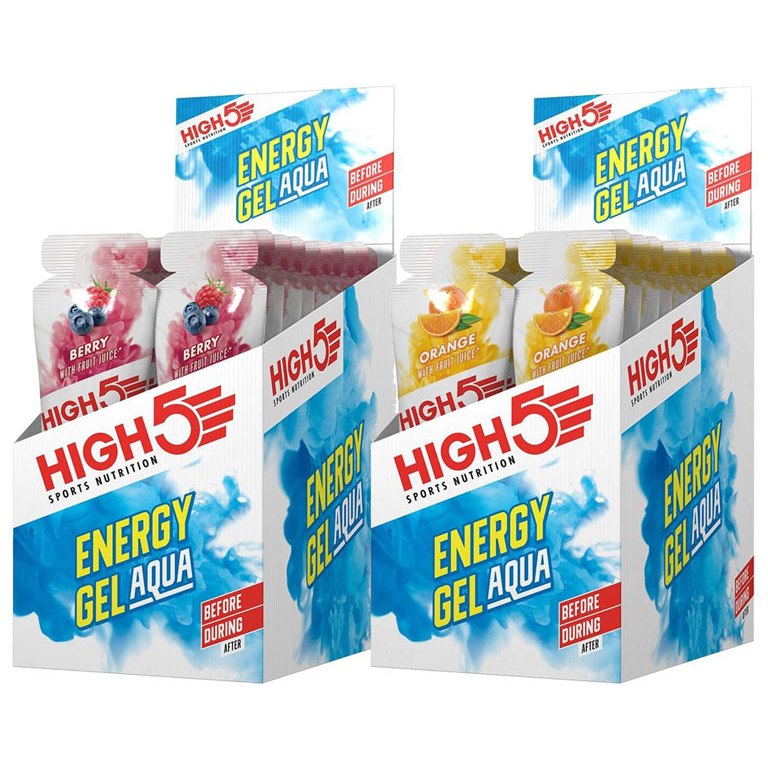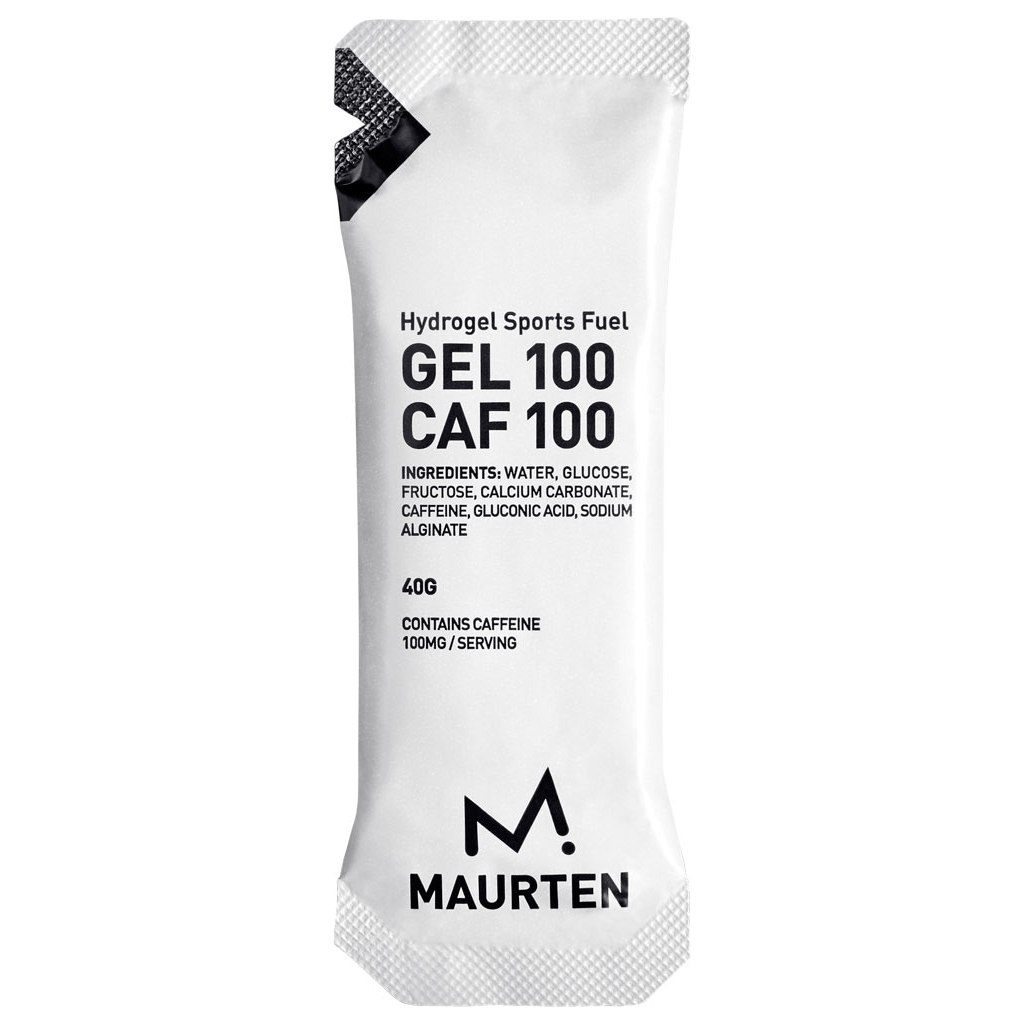- Home
- Fitness
- Sports Nutrition & Body Care
- Energy Gels
Energy Gels – Practical Energy Suppliers for Sports and Cycling
Do you do a lot of sports and are looking for an energy booster? Then you should definitely check out energy gels. Here we explain what the power suppliers for on the go are all about and what their advantages and disadvantages are. We also show you how to make the right choice when buying an energy gel – tailored to your individual needs. Read more
What Are Energy Gels?
Energy gels are practical energy suppliers for on the go that give your body a short-term energy boost. The nutrient combination of various carbohydrates and minerals is ideal for endurance athletes such as cyclists, as it provides energy quickly. This can be an advantage on tour, but especially in competitions. This is why gels are standard sports nutrition during road bike races as well as for triathlons or running events.
What Are Energy Gels Made Of?
Not every energy gel is the same – there are big differences in their nutritional composition. The basis of every energy gel is sugar – in various forms. Classic ingredients are maltodextrin, glucose, fructose or dextrose. The difference between these forms of sugar is mainly in how quickly they provide energy to the body. Some manufacturers also work with combinations – such as fructose with glucose – to improve the absorption of the carbohydrates. To avoid unpleasant surprises when trying out your purchase, you should therefore consider beforehand what nutrients your body needs and tolerates. The effect of an energy gel also depends primarily on your personal digestion. It is therefore advisable to try out different products and find out for yourself which power gel your body tolerates best.
What Types of Energy Gels Are There?
The delivery form of the energy gel is also crucial for its effect. Most energy gels come in sachets that you can easily open and take with you, ensuring you have your energy boost quickly and easily to hand. But there are exceptions here too: some manufacturers offer their energy gels as fruit gums or a liquid. The former are becoming increasingly popular, because their consistency resembles classic supermarket gummy bears. They are therefore much easier to handle during sports than the often sticky gels. The disadvantage is that they require more digestion time and thus provide the energy at a slight delay. Liquid gels (hydrogels) are again good if you don't want to drink much after drinking the gel. In principle, these are the different types of energy gels:
Types of Sports Gels:
- Classic energy gels: Mostly in a viscous consistency. The more viscous the gel, the more water you need to drink afterwards.
- Hydrogels: Like classic energy gels, but these are so liquid that they can virtually be drunk. Drinking afterwards is often not necessary here.
- Energy gummies: Similar to gummy bears. Do not require a large amount of water afterwards. Are smaller, however, so a larger number must be consumed to get the same amount of energy as a gel.
- Dextrose: Quick energy without lasting effect. Requires only a little liquid to drink afterwards.
What Is the Best Choice in Terms of Taste and Performance?
Energy gels come in a variety of flavours, so there's something for everyone. Most manufacturers offer their products in fruit, chocolate and vanilla flavours. Even exotic flavours like coconut or mango are becoming easier to find. But it’s not just the taste that is important; the effect of the energy gel should be right for you, too. It all depends on your personal needs: some athletes swear by the power gel combination of chocolate and vanilla, for example, as it is particularly filling and lasts a long time. Others prefer an energy gel with a high proportion of carbohydrates to supply the body optimally. Gels with caffeine or guarana are also available. They offer an additional energy boost – if the respective ingredients are well tolerated.
How Should You Use Cycling Gels to Get the Most Benefit?
If you use energy gels during exercise, there are a few things to keep in mind. First of all, it is important that you drink enough – only then can the body optimally utilise the nutrients. So make sure to drink some water or an isotonic drink regularly. It can also be a good idea to have a drink after ingestion to neutralise the sticky taste that many gels leave behind. You should also be careful not to consume too many gels at once, as this can lead to digestive problems or a stitch. A general rule of thumb is that you should consume approx. 1 gram of carbohydrates per kilogram of body weight per hour during high exertion and in competitions.
Are There Alternative Products that Offer Similar Benefits to Energy Gels?
Yes, there are alternative products that offer similar benefits to energy gels. These include energy bars, energy gums and drinks. At BIKE24 we offer a wide range of sports nutrition. Energy bars consist of a variety of different ingredients, including carbohydrates, proteins and fats. They come in many different flavours and you can eat them before or after exercise. Energy gums provide a similar amount of energy, but are smaller and easier to eat than energy bars and are better suited to eating during activity. Energy drinks usually contain carbohydrates as well as caffeine and other nutrients such as vitamins and minerals. They also come in many different flavours and can be drunk before or during exercise.
